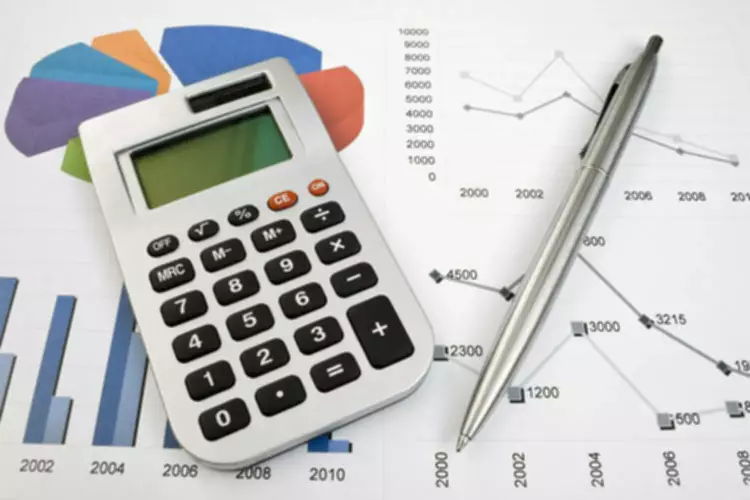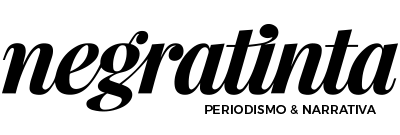Content

The value we get after following the above straight-line method of depreciation steps is the depreciation expense, which is deducted from the income statement every year until the asset’s useful life. Depreciation is important because, by matching expenses with revenue, a company’s overall profitability is determined more accurately. The straight-line method of depreciation, specifically, results in even, stable depreciation charges, so it makes budgeting straight line depreciation and financial forecasting easier. Additionally, the consistent charges assist operating profitability and cash flow analysis, since they are easily identified and removed. Depreciation expenses to determine how to reduce a capital asset’s value over its useful lifetime for tax purposes. Straight line depreciation is a method by which business owners can stretch the value of an asset over the extent of time that it’s likely to remain useful.
Here are some reasons your small business should use straight line depreciation. Get instant access to video lessons taught by experienced investment bankers. Learn financial statement modeling, DCF, M&A, LBO, Comps and Excel shortcuts. Typically, the salvage value (i.e. the residual value that that asset could be sold for) at the end of the asset’s useful life is assumed to be zero. Straight Line Depreciation is the reduction of a long-term asset’s value in equal installments across its useful life assumption.
Understanding the Straight-Line Method of Depreciation
Therefore, depreciation would be higher in periods of high usage and lower in periods of low usage. This method can be used to depreciate assets where variation in usage is an important https://www.bookstime.com/ factor, such as cars based on miles driven or photocopiers on copies made. From buildings to machines, equipment and tools, every business will have one or more fixed assets likely…

If it was acquired or disposed during the year then ideally depreciation expense should be calculated only for the period it was in use instead of whole year. As depreciation is an expense for a business, the depreciation account will be debited. The reduction in the accumulated depreciation account, which is considered to be an asset, will result in the crediting of the accumulated depreciation account. You should take into account the value by which all of your assets have depreciated over time. It will indeed reduce the profits you have, but it will better picture the business conditions.
Example of Straight Line Depreciation
This means Sara will depreciate her copier at a rate of 20% per year. Estimate the asset’s salvage value, or how much it can be sold for at the end of the useful life. Straight-line depreciation is easy to calculate and consistently applied. This post is to be used for informational purposes only and does not constitute legal, business, or tax advice. Each person should consult his or her own attorney, business advisor, or tax advisor with respect to matters referenced in this post. Bench assumes no liability for actions taken in reliance upon the information contained herein.
Double-Declining Balance (DDB) Depreciation Method Definition With Formula – Investopedia
Double-Declining Balance (DDB) Depreciation Method Definition With Formula.
Posted: Sat, 25 Mar 2017 22:10:12 GMT [source]
This is known as accumulated depreciation, which effectively reduces the carrying value of the asset. For example, the balance sheet would show a $5,000 computer offset by a $1,600 accumulated depreciation contra account after the first year, so the net carrying value would be $3,400.
Straight-Line Depreciation FAQs
Straight-line depreciation is different from other methods because it is based solely on the passage of time. The formula for straight-line accounting requires a mix of empirical data and reasonable estimates. Bench gives you a dedicated bookkeeper supported by a team of knowledgeable small business experts. We’re here to take the guesswork out of running your own business—for good. Your bookkeeping team imports bank statements, categorizes transactions, and prepares financial statements every month. Depreciation is an expense, just like any other business write-off. Compared to the other three methods, straight line depreciation is by far the simplest.
- It is generally more useful than straight-line depreciation for certain assets that have greater ability to produce in the earlier years, but tend to slow down as they age.
- Accumulated DepreciationThe accumulated depreciation of an asset is the amount of cumulative depreciation charged on the asset from its purchase date until the reporting date.
- As a business owner, knowing how to calculate straight line depreciation of your company’s fixed assets is crucial to your business’s success.
- What’s more, different depreciation schedules may be needed for book and tax purposes, as well.
For this example we will assume no other lease incentives, accruals, or initial direct costs are applicable for this lease. Contra AccountContra Account is an opposite entry passed to offset its related original account balances in the ledger. It helps a business retrieve the actual capital amount & amount of decrease in the value, hence representing the account’s net balances. Are reduced by $ and moved to the Property, plant, and equipment line of the balance sheet.
When To Use Straight Line Depreciation
According to straight-line depreciation, your MacBook will depreciate $300 every year. The useful life of the asset—how many years you think it will last. Straight line basis is popular because it is easy to calculate and understand, although it also has several drawbacks. Full BioAmy is an ACA and the CEO and founder of OnPoint Learning, a financial training company delivering training to financial professionals. She has nearly two decades of experience in the financial industry and as a financial instructor for industry professionals and individuals.
- Accumulated depreciation is the cumulative depreciation of an asset up to a single point in its life.
- A business purchased some essential operational machinery for $7,000.
- In setting up your small business accounting system, knowing your depreciation methods can help you choose the right method that matches the pattern of usage of your fixed assets.
- As buildings, tools and equipment wear out over time, they depreciate in value.
- Whereas the depreciable base is the purchase price minus the salvage value.
- It measures the units of production instead of measuring them in dollars.
- You can quickly get away with all the complex calculations involved in calculating depreciation using the other depreciation methods.
When you’re interviewing for accounting roles, employers will expect you to understand common business terms and formulas like straight line depreciation. What will set you apart, however, is an ability to bridge accounting theories with real-time business practice, working well with various teams, and considering the human impact behind your work. If you want those standout skills for your job search, you should consider an online master’s in accounting degree from Yeshiva University’s Sy Syms School of Business. Continue reading to find out more about the well-known straight line depreciation method, how it’s calculated, and how it can help a business. As you can see from the amortization table, this continues until the end of Year 10, at which point the total asset and liability balances are $0.










